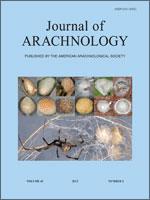We investigated the effects of area, age, vegetation structure and landscape features of set-asides on the spiders of the herb layer. We caught the spiders using a semi-quantitative sweep netting of the herb stratum in 160 sampling plots at 32 set-asides in the northeastern lowland of Brandenburg, Germany, from May through August 2001. We analyzed the data using multiple linear regression. The results revealed the following. 1) Vegetation height was the most influential factor increasing the number of species and individuals of particular araneid species at the set-asides. 2) Vegetation cover had no significant effect on the total number of species, but did affect the abundance of particular araneid and linyphiid species. 3) Time since the set-aside establishment and time since last management had no significant influence on the number of species, the number of individuals of particular species, the number of individuals of the ecological group “preferred habitat type.” 4) Different types of vegetation structures were used by spider families and araneid species in different ways; the abundance of some araneids benefited from high (dense or sparse) vegetation, whereas linyphiids only benefited from dense vegetation cover.
How to translate text using browser tools
1 August 2013
The impact of structural and landscape features of set-asides on the spiders (Araneae) of the herb layer
Ralph Platen,
Gert Berger,
Steffen Malt
ACCESS THE FULL ARTICLE

The Journal of Arachnology
Vol. 41 • No. 2
August 2013
Vol. 41 • No. 2
August 2013
Arable field
landscape ecology
landscape matrix
vegetation structure




